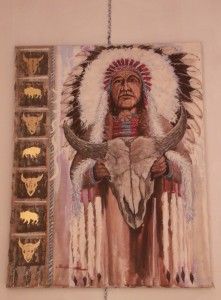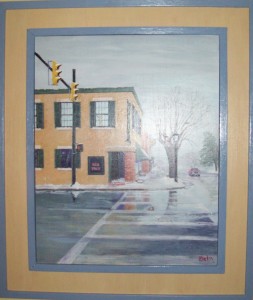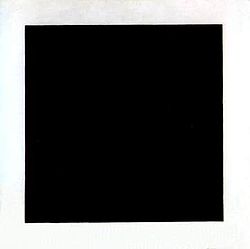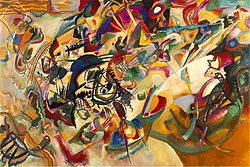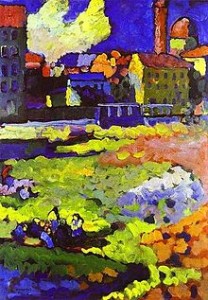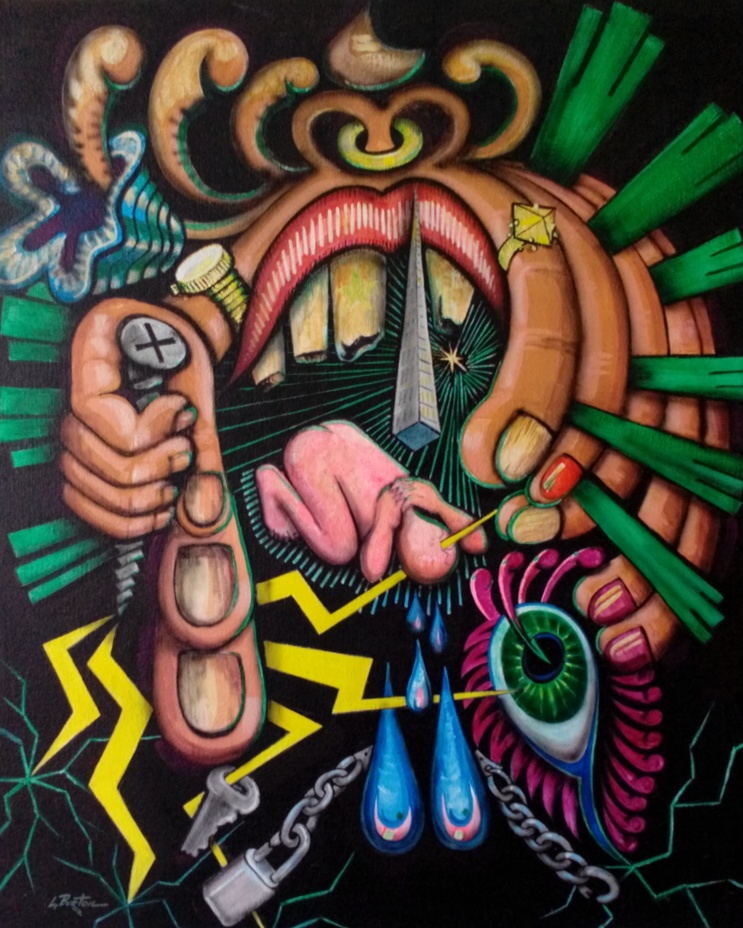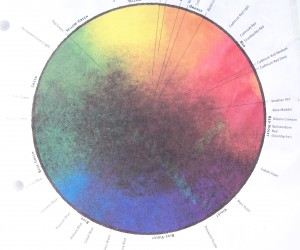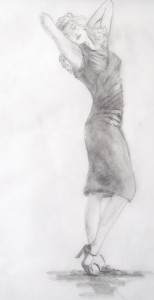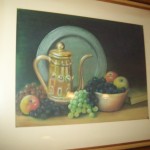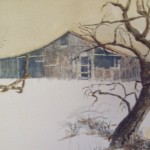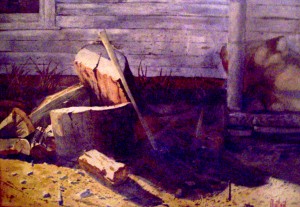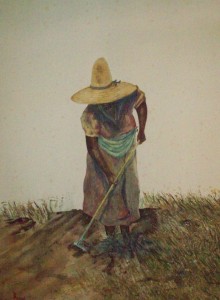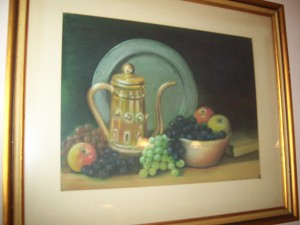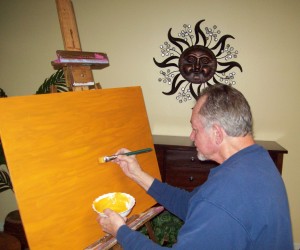
Late this past year, I was fumbling through an old family album and found a black and white photo of my father that someone had taken. It depicted him putting gas in our wood covered panel truck. I estimated the year to be around 1948 or 49.
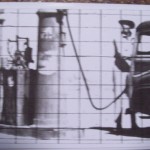
After making several thumbnail sketches, I pretty much settled on the composition as it was in the photograph. I added a little to it to show more of the farther away gas pump, and to extend the automobile. This was to bring the main interest, the man, closer to the center of the painting.
After this I searched the internet for colors of the old pumps, I knew they were red but they seemed to be more red-orange. I found a few but not the same style as in the photograph. My determination was to make the painting as realistic as possible.

My technique for creating a realistic painting is after I settle on a composition by drawing several thumbnail sketches, to draw a full scale value drawing. I tend to make this as realistic as possible in an effort to work out a lot of details and problems that might occur in the painting itself. It is almost as if when I draw, I paint in my mind and everything comes to a point of clarity.
In this particular case, I planned the painting to be 24″X36″. This would make a large graphite drawing, but it is what it is…graphiting I did go. Yes, I know there is no such word as graphiting, but this is my tale; therefore, graphiting it is.
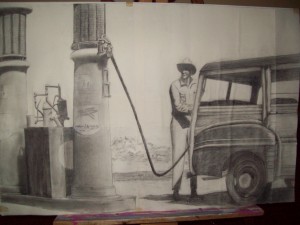
I back taped together several papers to make a 24″X36″ drawing. After this I made some color schemes of the paintings with gouache. I was not concerned about them being realistic; in fact, one was totally abstract. If I knew I was going to post this blog in the future, I would have held onto them for reference. However, I did not think of it at the time and they ended up being thrown away.
The Idea for the small color schemes of the picture in color was to determine whether the colors worked together and would the overall effect be pleasing. I left them on the wall for about three weeks. I didn’t try to study or critique them, but after passing by them for a while, I finally determined they would work.
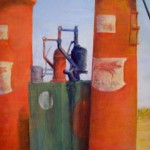
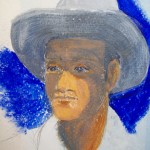
Next I did some color sketches in acrylic (the medium I was going to use for the painting). Some worked well and others not so much. I was never pleased with the face painting of my father. The photograph didn’t show any details and I kept trying to work off of other photos. The one in the actual finished painting came closer than most that I practiced. I’m still not totally satisfied; however, it is just a painting of a man filling up a gas tank when all is said and done.
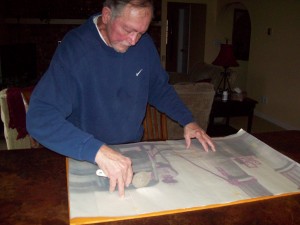
Next, I transferred the drawing. Using tracing paper I copied the drawing, with graphite on the back and using a pizza cutter I went over the lines pressing the image to a yellow-ochre covered 1/4″ thick board (see picture at top left). After this I went over the lines with a neutral gray acrylic paint.
After painting in the sky and ground, I painted the man. I did this because he was the focal point of interest in the painting. Right, or wrong, I decided to not follow the value drawing as strictly as I ordinarily do. I drew the values based on a photograph that was over sixty years old and it was not only faded but somewhat unfocused. The shadows seemed way to strong beneath the hat and automobile. I also changed the hat to a Stetson western hat. Many people in New Mexico in those days wore white Stetsons and my dad had one and so it became the one in the picture.

The reason I wanted to paint the main focal point first is because everything works around the focal point, the value, the color scheme, and it helps to solidify the composition.
From here the painting took on a personality of its own. Each day I worked on it, I started by sanding down the previous work and continued painting an inch at a time.
This is the technique I use for all my realistic paintings. My palette was simple. White, red, yellow, blue, , dioxidine-purple, and black. I used both cool and warm primary colors. After applying four coats of satin varnish, I framed the painting. It now hangs on the wall.

